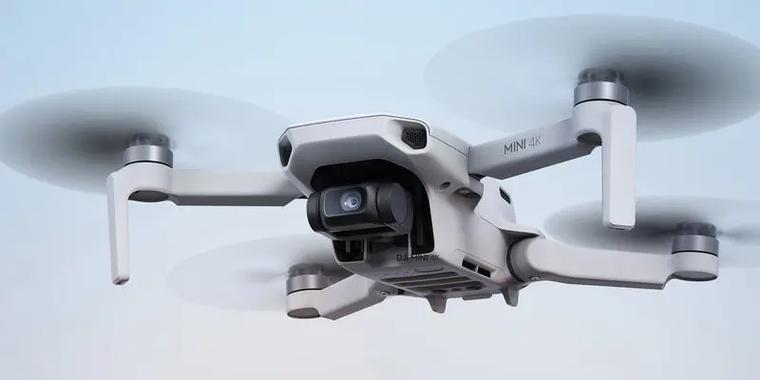Drones have become an indispensable part of modern technology, especially with their evolving capabilities in capturing live camera feeds. Whether you’re a professional videographer or just a hobbyist, the ability to capture stunning live footage can transform how you see the world. A drone with live camera feed functionality allows you to view what the drone sees in real-time, which is invaluable for surveillance, photography, and numerous other applications.
The Advantages of Using a Drone with Live Camera Feed
One of the main advantages of using a drone with live camera feed is its ability to provide a bird’s eye view of its surroundings. This feature is particularly useful for filmmakers looking to shoot expansive landscapes or for inspectors examining hard-to-reach areas. The real-time transmission ensures that every motion or transformation is captured, thereby delivering immediate feedback on your shots or inspections.
Drones equipped with live camera feeds also play a key role in enhancing security and surveillance. By allowing operators to see areas without physically being there, these drones offer convenience and increased safety, reducing the need to put personnel in potentially dangerous situations. Imagine a drone hovering above a construction site, providing live video input to ensure everything proceeds safely without the risk of human error.
How do Live Camera Feeds Work in Drones?
The technology behind live camera feeds in drones is both complex and revolutionary. These drones come equipped with cameras that transmit high-definition video signals via radio waves to a receiving monitor or mobile device. Some advanced models utilize Wi-Fi or cellular networks for seamless streaming, ensuring that the quality is uncompromised. Additionally, many drones with live feeds have built-in stabilization technology, which smooths out video footage, counteracting the naturally jerky movements of drones.
Selecting the Right Drone for Your Needs
With myriad choices available on the market, finding the perfect drone with a live camera feed may seem daunting. Key considerations should include camera quality, transmission range, flight time, and user-friendliness. High-end models offer superior image resolution, zoom capabilities, and enhanced flight stability, thus enabling more precise footage.
It’s vital to match the drone’s specifications with your intended use. For instance, a drone used for real estate photography may prioritize camera zoom over other features, while one used for security may seek longer flight durations and extended transmission range.
While price is a factor, investing in a quality drone ensures durability and better performance. Check reviews, user feedback, and brand ratings to guide your decision.

Maximizing the Potential of Your Drone
Once you have chosen your drone, optimizing its features is crucial. Invest time in learning how to leverage its live camera feed effectively. Practice makes perfect, so periodically taking your drone for test flights and monitoring the live feed can enhance your proficiency in capturing breath-taking footage. Understand the settings, such as resolution and frame rate, as these can dramatically improve video quality.
Regular maintenance is key; clean the camera lens, check for software updates, and inspect the drone’s parts to ensure optimal function.
Furthermore, consider experimenting with different environments and conditions. Discover the effects of lighting changes, weather variations, and altitude differences, which can offer creative opportunities to diversify your footage. Engaging in communities or online forums can also expose you to tips and tricks from experienced drone users, further enriching your experience.
FAQs
Q1: Can drones with live camera feed be used indoors?
A1: Yes, but caution is advised. Ensure the indoor space is spacious enough to avoid collisions, and remember that signal transmission may be affected by thick walls.
Q2: What is the average battery life of a drone with a live camera feed?
A2: Battery life varies widely, typically ranging from 20 to 40 minutes. This depends on the model and usage intensity, particularly when operating in windy conditions or at high speeds.
Q3: Are live feeds from drones affected by weather?
A3: Yes, adverse weather conditions such as rain or extreme winds can impact the quality and stability of the live feed.